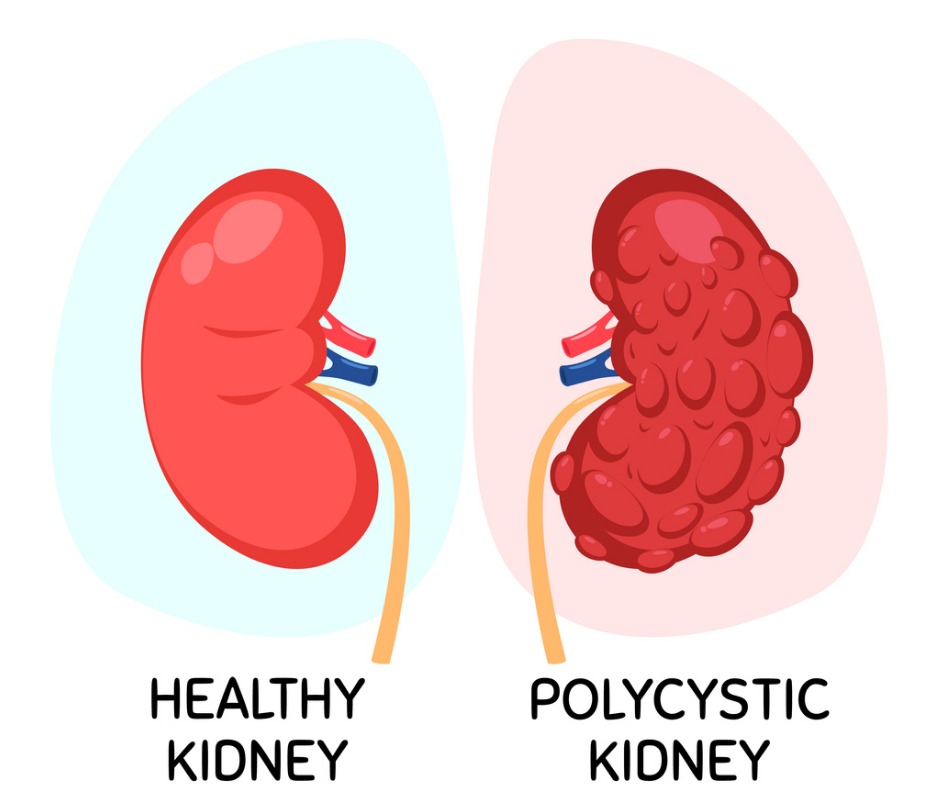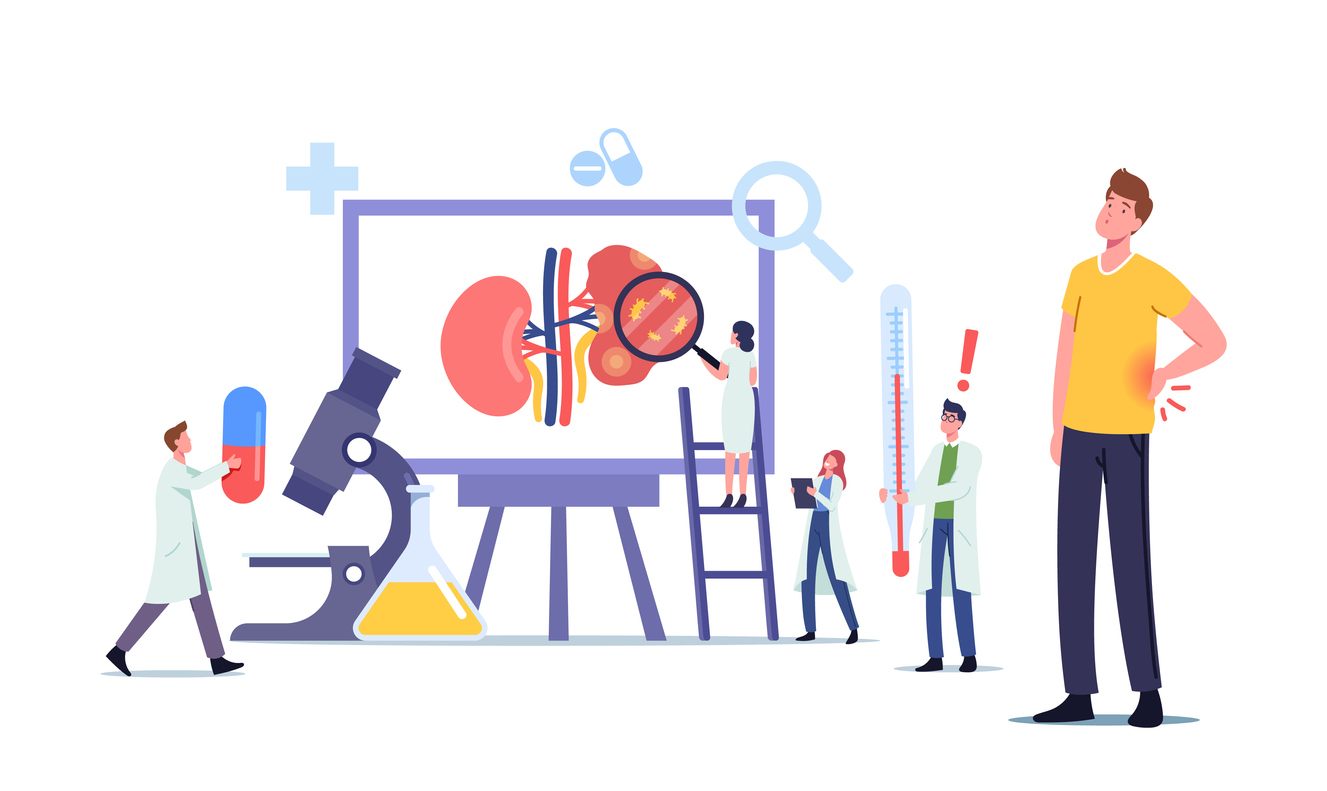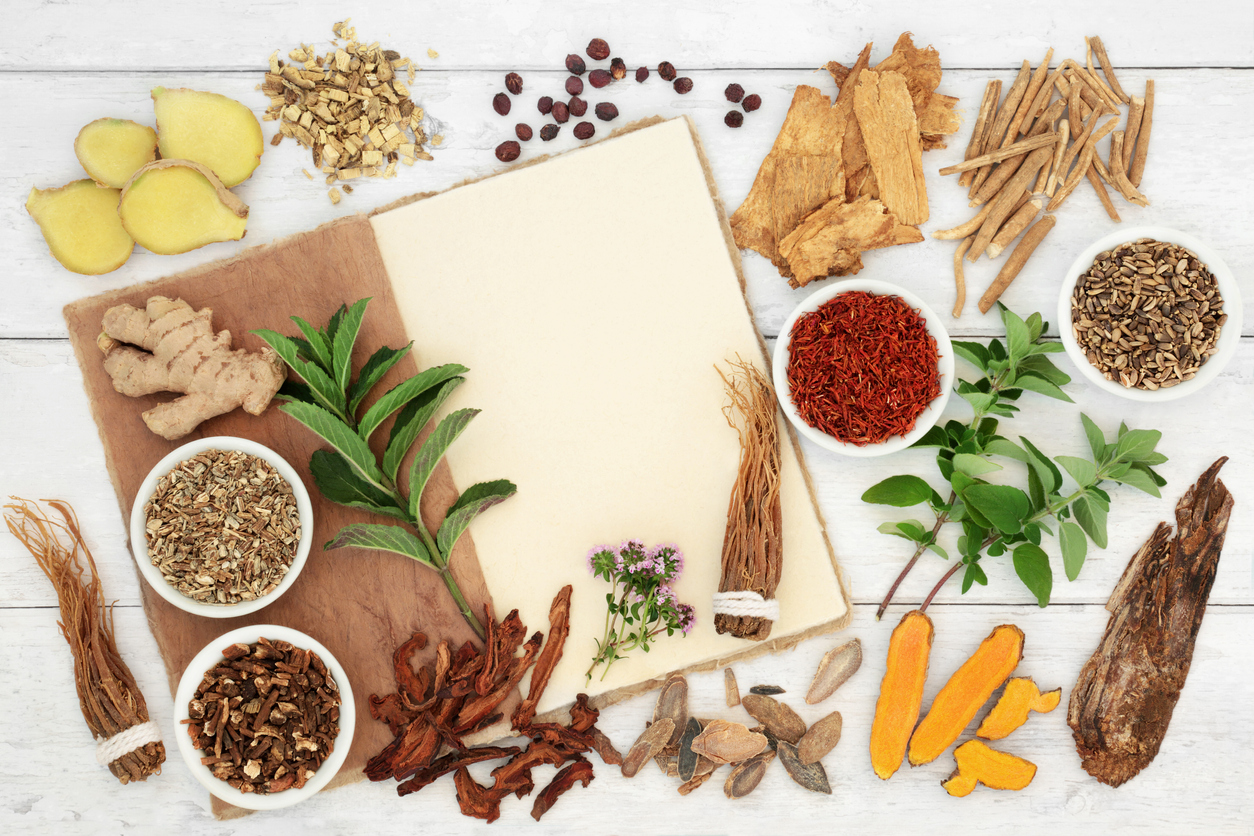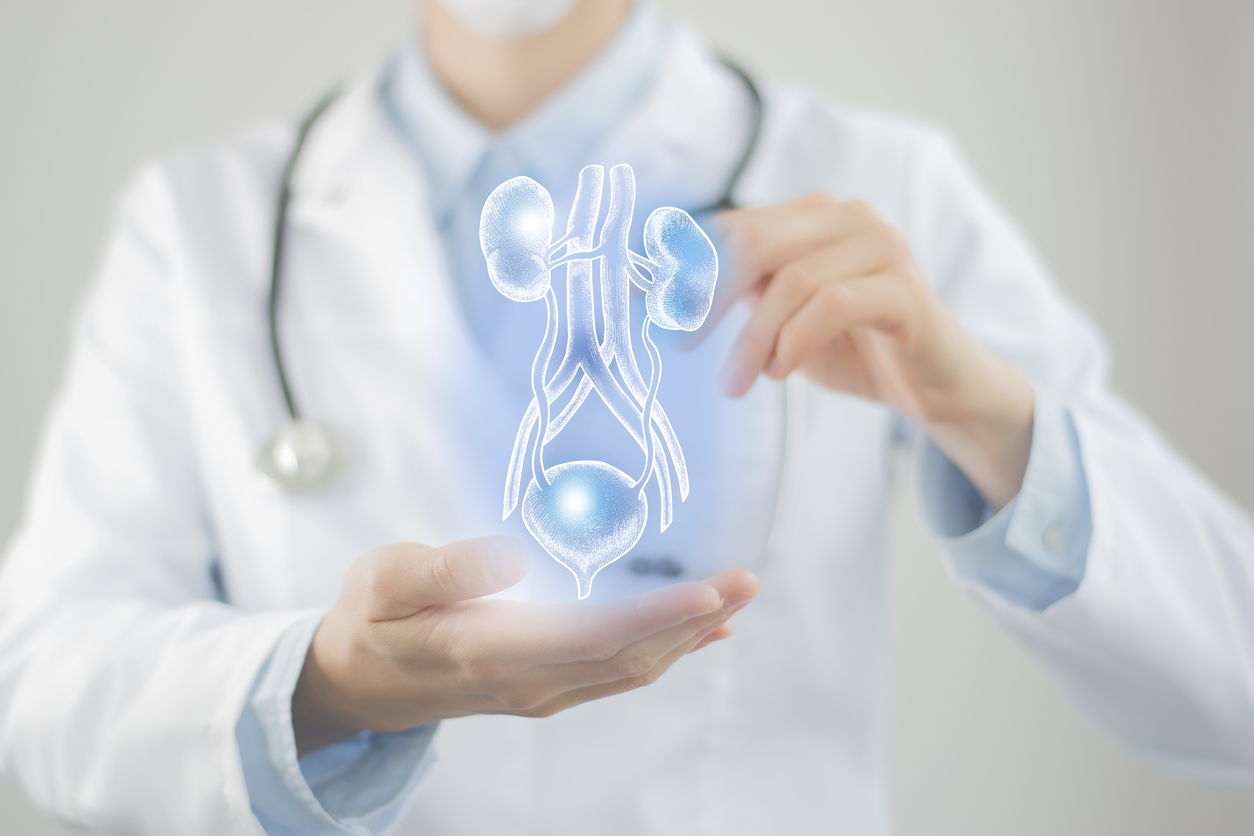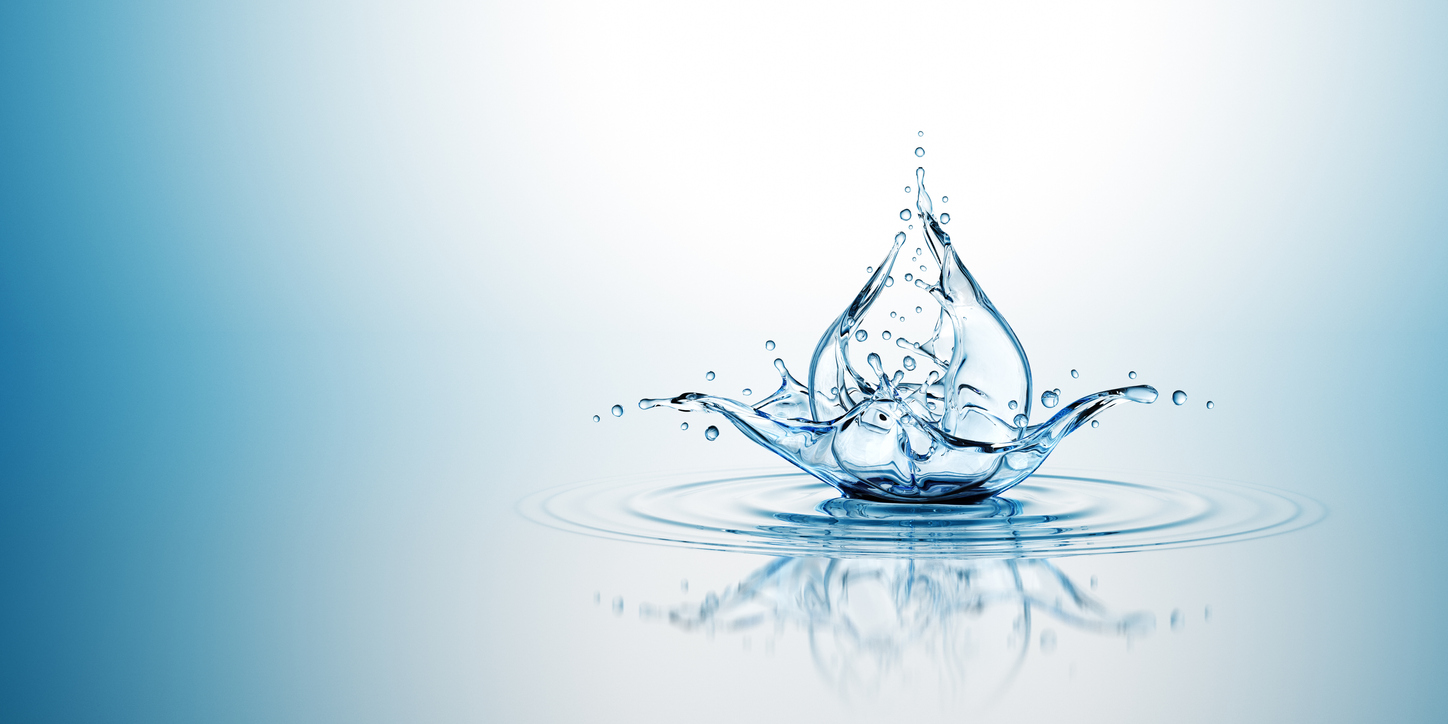Pain
At-Home Treatment for Polycystic Kidney Disease
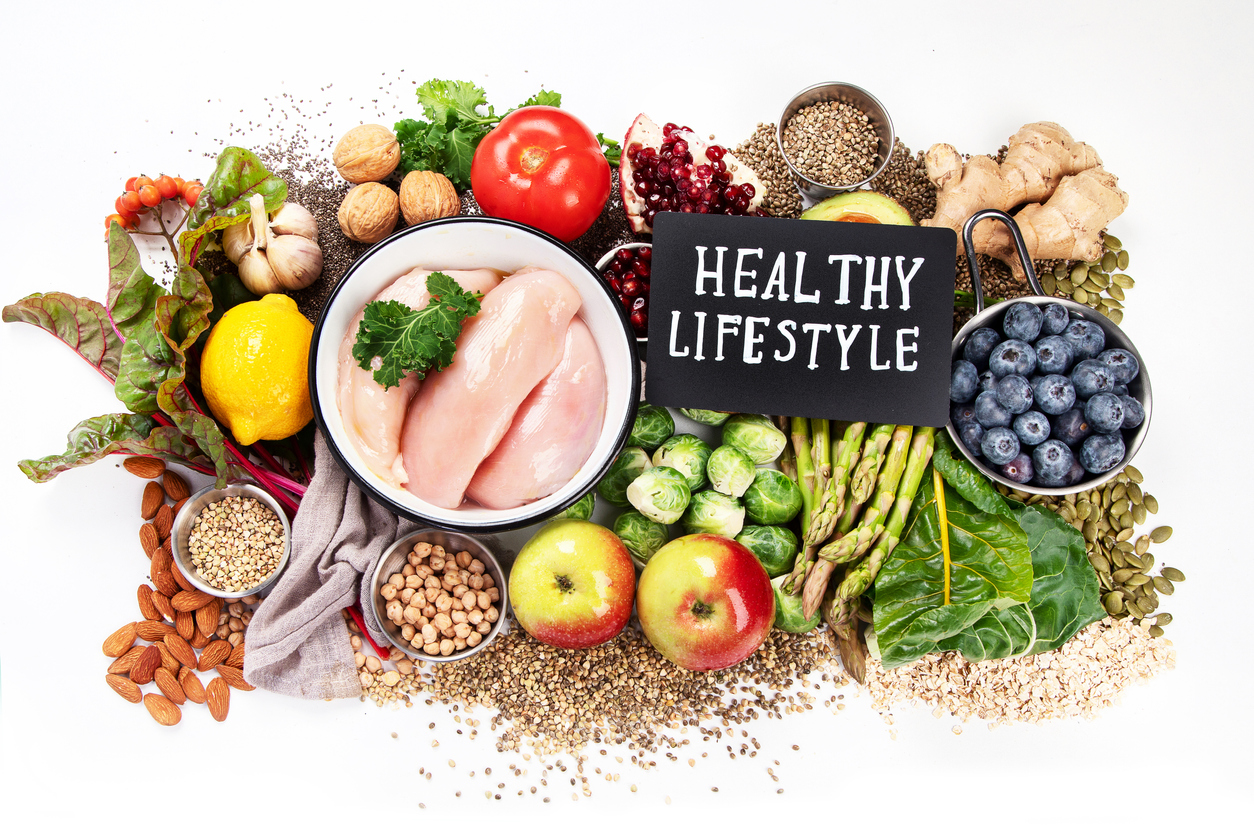
What is Polycystic Kidney Disease?
Polycystic kidney disease, or PKD, is a genetic disorder that is characterized by clusters of cysts (fluid-filled sacs) in the kidneys. As the cysts become larger, they cause the kidneys to swell and eventually lose functionality. They may also spread to the liver or other areas in the body. High blood pressure and kidney failure are known complications of PKD. Some individuals may not realize that they have PKD for many years.
Forms of polycystic kidney disease
There are two kinds of PKD: Autosomal dominant PKD (ADPKD) and autosomal recessive PKD (ARPKD). ADPKD symptoms usually begin to surface between ages of 30 to 40; however, they can appear earlier. This is the most common form of PKD. ARPKD is less common with symptoms that typically begin to manifest shortly after birth, but may not appear until childhood or adolescence. It may also result in abnormal kidney development while still in the uterus.
At-home treatment
There is currently no cure for PKD; however, treatment options can slow the progression of PKD and reduce the rate that cysts are formed. In addition to conventional medical treatment and alternative and complementary treatments, at-home treatment options can help manage symptoms and control other issues. At-home treatment includes medications, nutrition, physical activity, reduced stress, and lifestyle changes.
Medication
Acetaminophen and other over-the-counter pain-relievers may alleviate or reduce the pain associated with PKD. It is usually recommended to avoid non-steroidal anti-inflammatory drugs (NSAIDs), such as ibuprofen, because they can interfere with blood pressure medications and kidney function. Consult with a health care professional prior to beginning any over-the-counter pain medications to ensure they are safe and will not further harm the kidneys.
Nutrition
Increased fluid intake is important in the process of slowing the growth of kidney cysts and diluting bloody urine, which helps to prevent blood clots in the urinary tract. Consuming less salt and smaller portions of high-quality protein allows the cysts to be more responsive to fluid intake. Controlling high blood cholesterol can help to prevent aneurysms from forming as a result of PKD. Decreasing the intake of salt and foods with trans and saturated fats helps reduce blood pressure. Potassium and phosphorus should also be limited.
Physical activity
Increased physical activity is recommended to help control high blood pressure that is associated with PKD. This may include stretching, chair exercising, or practicing yoga. Being physically active is also a great stress reliever.
Stress reduction
Since stress can elevate blood pressure, reducing stress has the potential to lower high blood pressure. Stress management may include meditation, psychological therapy, tai chi, deep breathing, yoga, etc.
Lifestyle changes
Individuals with PKD should not smoke. Quitting or decreasing tobacco is beneficial for lowering blood pressure and preventing aneurysms. Additionally, alcohol consumption should be minimum.
